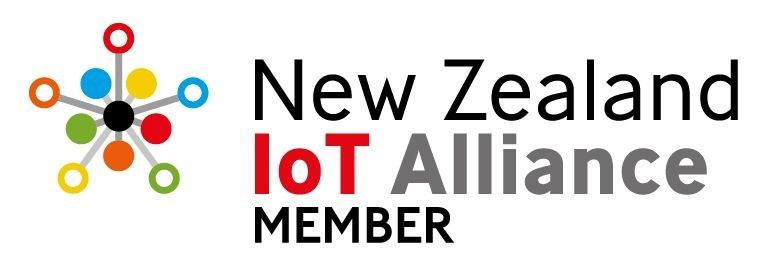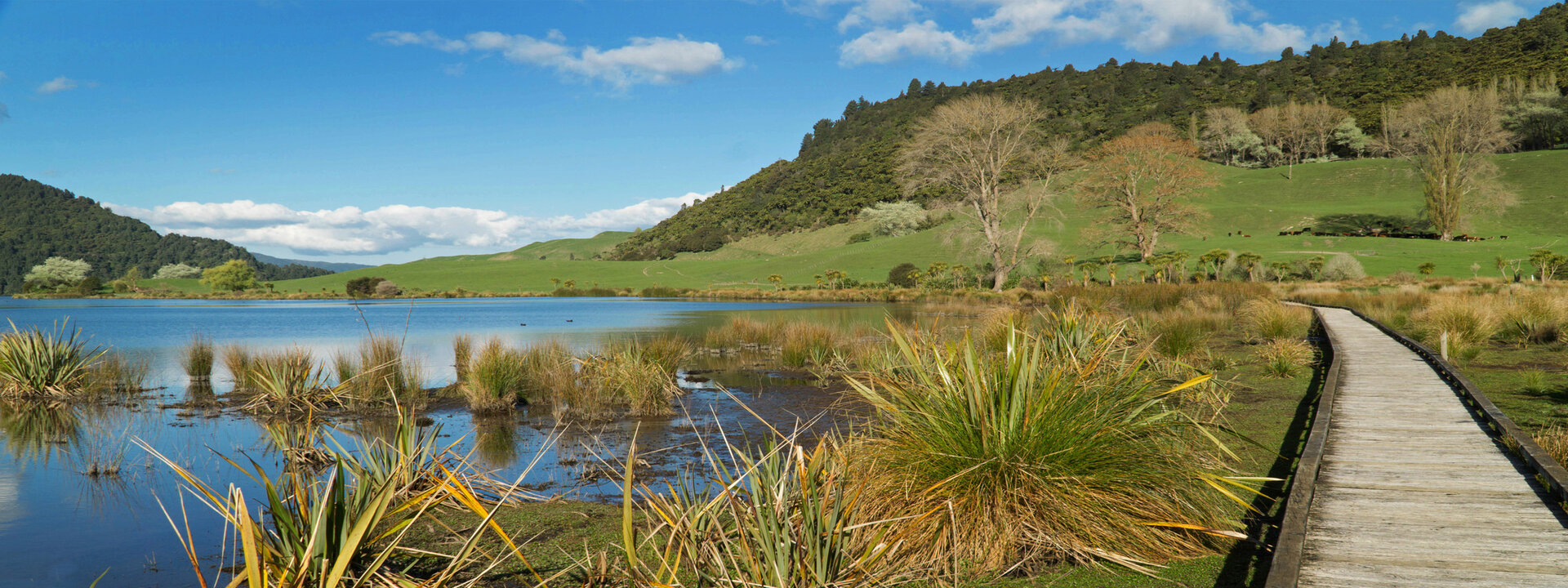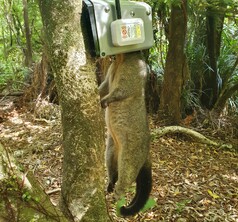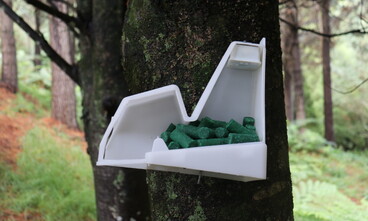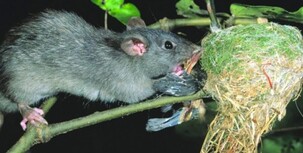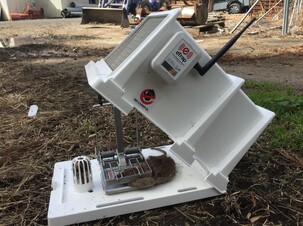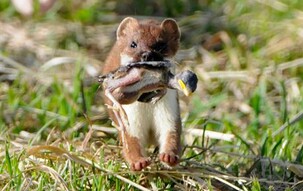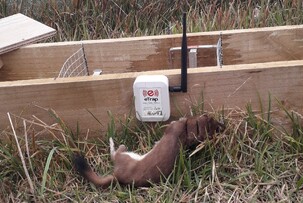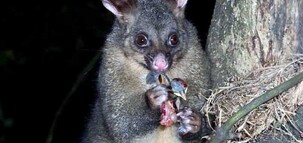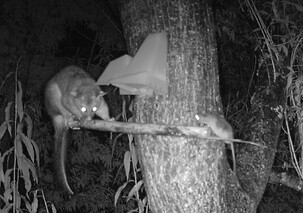Our Story
eTrapper was founded in 2019 with a vision and mission aligned to the national goal of achieving a predator free ecosystem by 2050. It's well documented the widespread damage caused by predators and we all want to see the amazing regeneration of native fauna and flora that is possible with the removal of these introduced pest species. As technology advocates we recognise that we can use our skills to help speed up the many pest eradication programs underway, while introducing efficiencies and cost savings in order for projects to optimise their limited resources.
Both traditional kill traps and bait stations have high service and maintenance costs which is a huge hinderance on the efficiencies of predator management programs.
Data is the new frontier to helping individuals, groups and organisations analyise trends, fine tune investments, meet regulatory requirements and plan future programs. For these reasons we have developed market leading tools to allow our customers, for the first time, access to real time data for reporting and planning purposes.
We also recognise that these same solutions are beneficial across the entire conservation market; from farmers & orchardists, life style block holders, Local, District & Regional Councils, conservation managers, local community groups, through to businesses.
eTrapper also whishes to acknowledge the support of PF2050 Ltd and the team for helping bring Baitsense to market in 2022.
Our Vision
Innovative technology to distrupt the status quo to enable a predator free New Zealand.
Our Mission
To bring to life the potential that innovative new technologies and solutions offer to speed up the predator eradication fight, making these tools available at a cost effective level to a wide range of sectors.
A focus on the NZ's big 3 Predators
Rats, stoats, and possums kill an estimated 25 million native birds every year. They are the most damaging mammalian predators that threaten New Zealand’s natural taonga, economy and primary sector.
• Rats threaten the survival of many native species such as wētā, snails, lizards and birds. They eat almost anything, including our native species and their food sources. They are common agricultural, industrial and domestic predators, causing a great deal of economic damage and posing a risk to human health. There are two introduced European rat species in New Zealand, the Norwegian rat (Rattus novegicus) and the Ship rat (Rattus rattus) with both widespread throughout New Zealand. Ships rats tend to be more nocturnal and Norway rats more diurnal. Ship rats can be identified from Norwegian rats as Ship rats have tails longer than their head+body and have large ears which cover their eyes when pulled forward.
Both species are omnivorous, with a preference for grains. In a suitable environment rats will breed throughout the year, with a female producing three to six litters of up to 10 young. Ship rats are the most frequent predator of small forest birds, seeds, invertebrates, and perhaps lizards, in New Zealand forests, and are key ecosystem changers due to this predation. Ship rats are commonly found around buildings and farms, where they cause significant damage to any stored food or crops they are able to access.
Why is the species of rat important?
The type of rat present has implications for pest control projects. For example, having more ship rats around has implications for most tree-nesting birds including kereru and small birds. This is because they are more agile and better climbers. Norway rats on the other hand are large and ground-dwelling, with potential impacts on ground nesting species. They also prefer wetland and other water habitats (sometimes called Water Rat). Norway rats have larger home ranges than Ship rats (500m vs 150m average), which will dictate your layout of control tools if just targeting one species in your project area.
• Mustelids are a diverse group of small to medium-sized carnivores distributed throughout the world. Three species occur in New Zealand, the ferret, the stoat, and the weasel. In particular stoats have caused the extinction of several New Zealand bird species and are the major cause of decline for many other species, including reptiles and invertebrates. They attack defenseless young kiwi and contribute to the continuing decline of mainland kiwi populations.
• Possums eat many native species including snails and beetles as well as native birds. They decimate forest canopies and compete directly with native birds such as kiwi for food and resources. Additionally Possums spread bovine tuberculosis to cattle and deer, resulting in high costs and lost productivity. They also harm horticulture and commercial forestry crops.
Contact Us
Email info@etrapper.co.nz or phone Mb 0274114290
